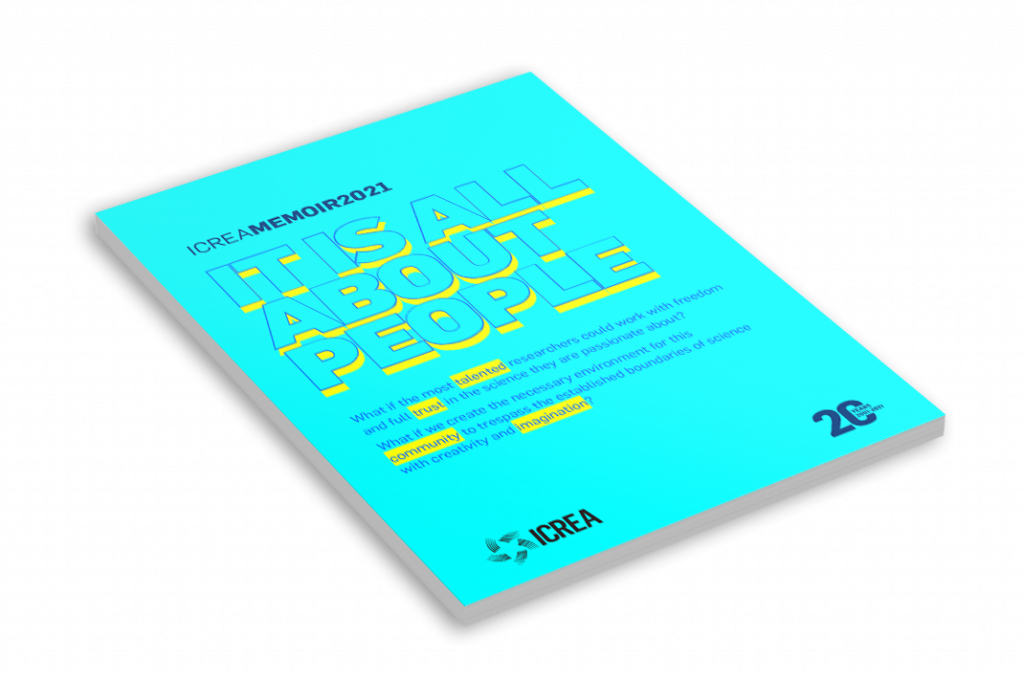Enzymes are superb catalysts capable of accelerating the chemical reactions by as many as seventeen orders of magnitude. They achieve such impressive rate accelerations by decreasing the activation barriers of reactions, making them possible at lower temperatures and pressures. Apart from their high efficiency, enzymes are specific and selective, and operate under mild biological conditions. These features make enzyme-catalyzed processes an attractive alternative for chemical manufacturing. Still the application of enzymes in industry is quite limited, as most industrial processes lack a natural enzyme able to perform the desired transformations, to accommodate the non-natural substrate(s) of interest, and/or their low stability in non-optimal conditions.
Enzyme design: Enzymes are typically engineered for catalytic activity, enantioselectivity, thermodynamic stability, substrate specificity, stability in non-aqueous solvents and co-solvents. Available enzyme design approaches can be classified into rational design, and Directed Evolution (DE). Multiple rational design strategies exist, but most of them focus on alterations in the active site pocket and the available channels for substrate binding or product release. This is in contrast with DE that introduces mutations all around the protein structure.
How can distal activity-enhancing mutations be predicted? So far this has been highly challenging given the large number of possibilities to mutate. We have solved this challenge by accurately considering the enzyme ability to adopt multiple conformations key for their enzymatic function, and evaluating the most important positions involved in the conformational transitions. We demonstrated that by combining our new correlation-based tools with multiple sequence reconstruction (MSA) the prediction of distal activity-enhancing mutations can become within reach.

